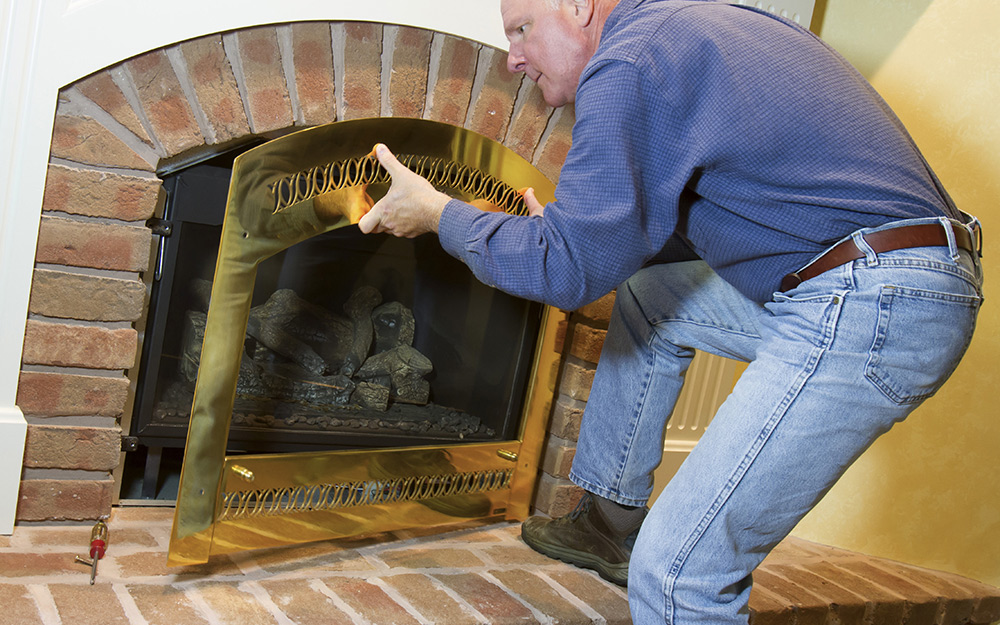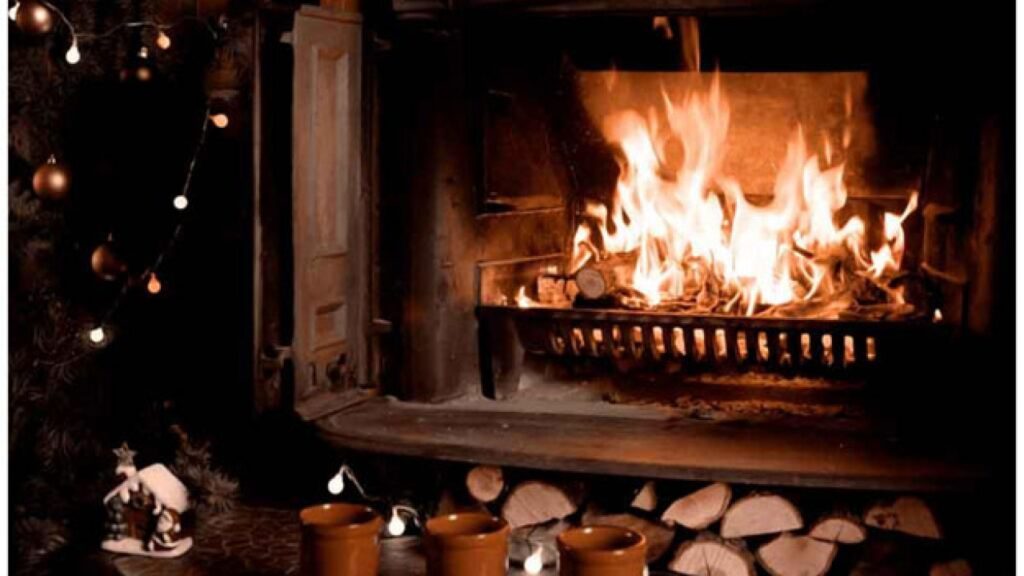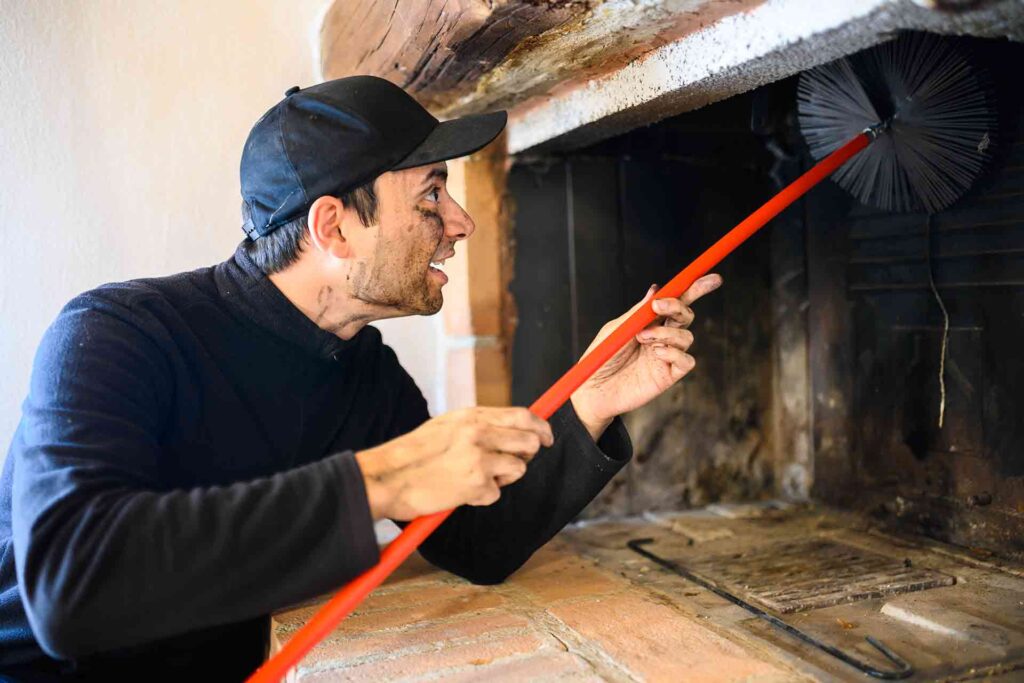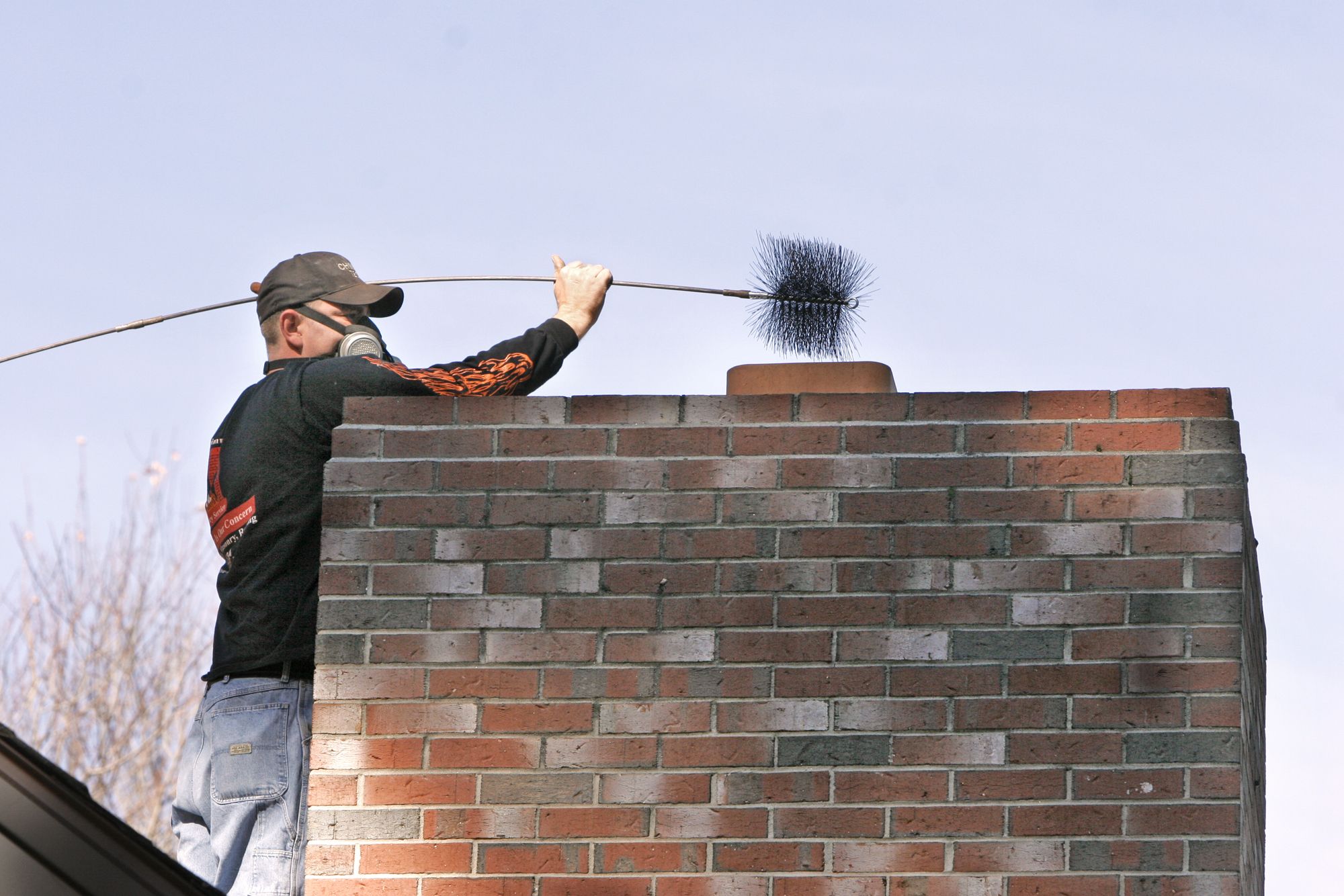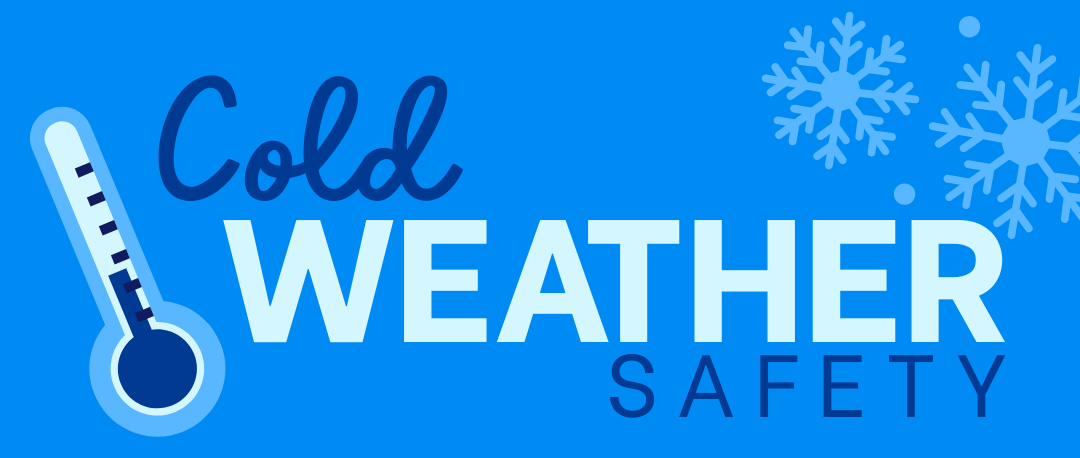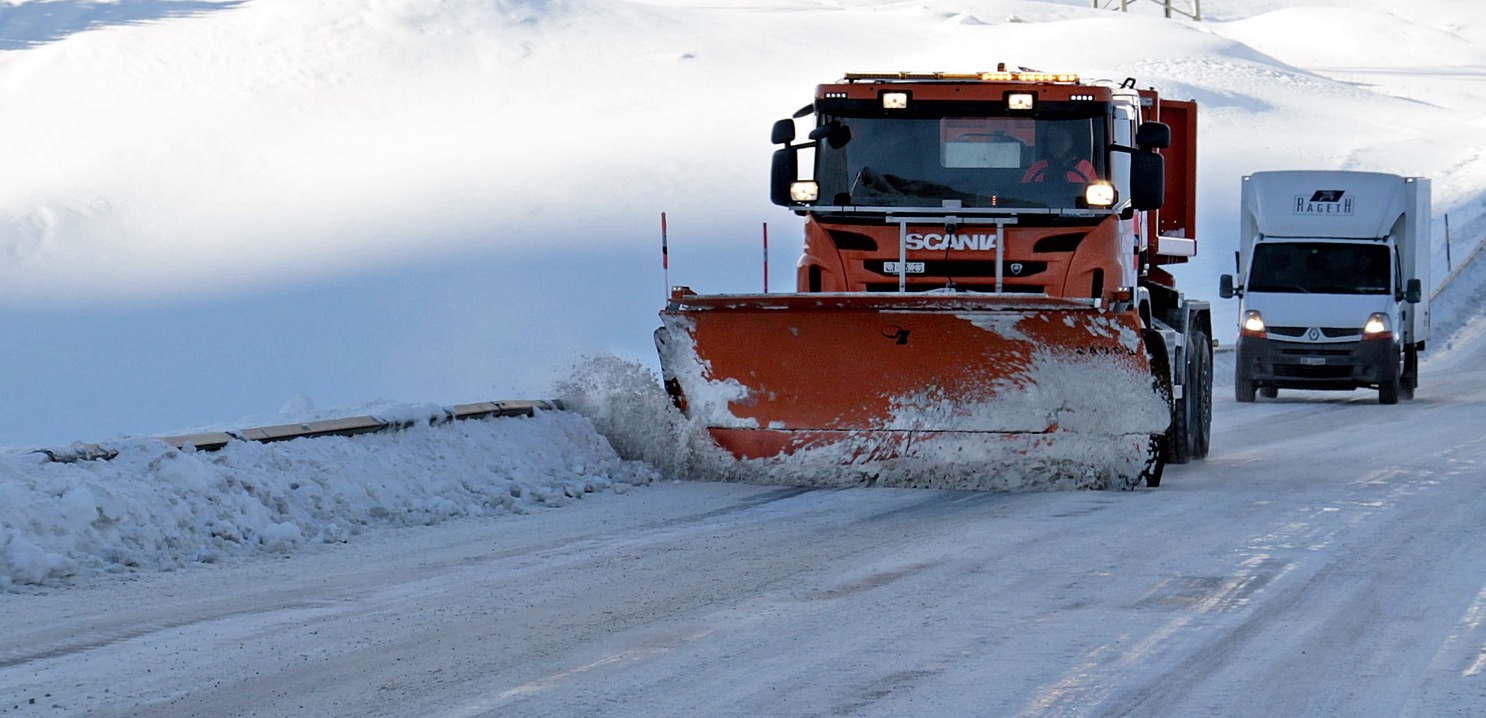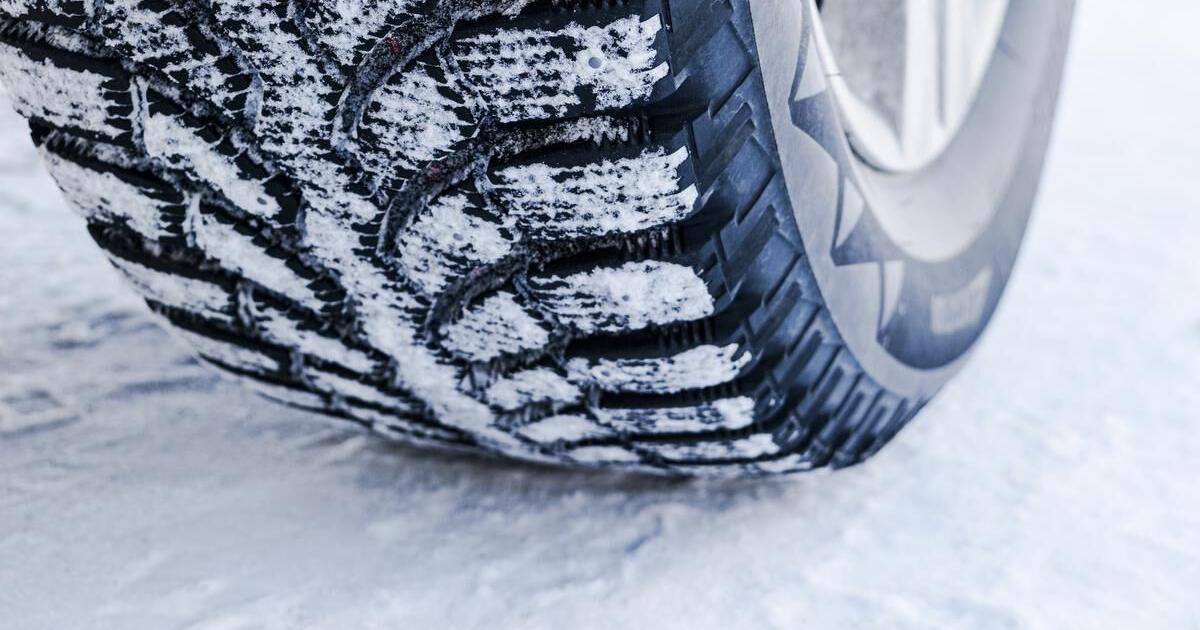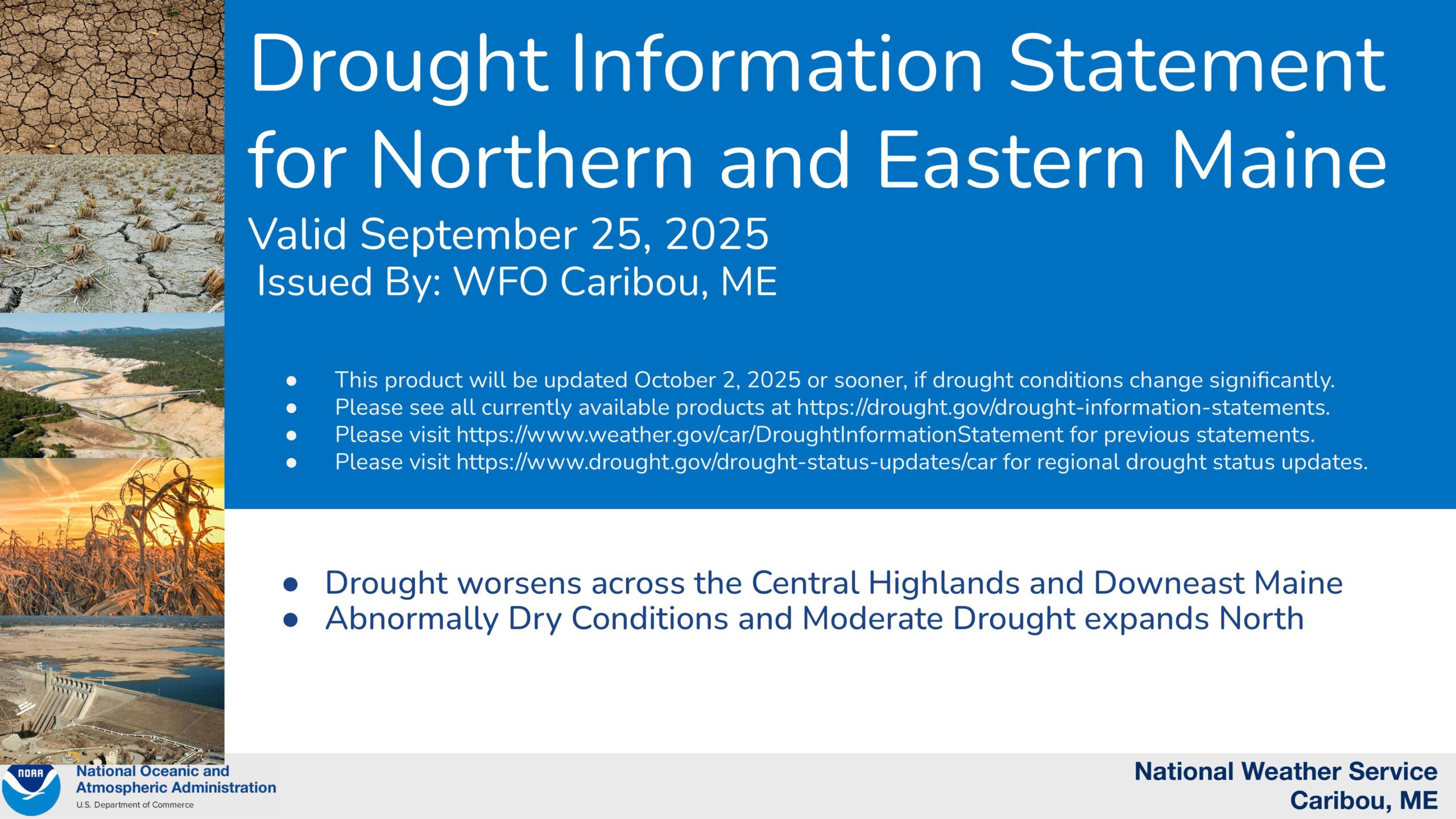Creosote buildup may not look dangerous, but it ignites at a mere 451 degrees F, and once it starts burning, it expands like foam sealant. In less than a minute, it builds to more than 2,000 degrees F and can engulf your entire chimney and destroy your home.
Even if you clean your chimney regularly, you should still have it inspected by a qualified chimney sweeper once a year. Certified chimney sweeps are trained to recognize chimney deterioration and venting problems and can assess your fireplace chimney’s condition.
If you burn mostly green (wet) logs, have your chimney cleaned or inspected every 50 burns. If you see moisture bubbling out the ends of the logs when they’re burning, the wood is wet. This green wood doesn’t burn cleanly and sends a lot of unburned particles (smoke) up the chimney, where they build up as creosote and soot. Dry hardwoods, such as oak and birch, burn hotter and cleaner. With them, have your fireplace chimney cleaned or inspected every 70 burns.
How To Tell If Your Fireplace Chimney Needs Cleaning
A quick way to tell if your chimney needs cleaning is to run the point of your fireplace poker along the inside of your chimney liner. If you find a 1/8-in. or more layer of buildup (the thickness of a nickel), call a chimney sweep.
Chimney sweeps may see 40 to 50 chimney fires a year, and more than half of the chimneys they service require extra cleaning because the homeowners wait too long before calling. In extreme cases, the hardened layer of buildup requires cleaning with special tools or chemicals.
A professional cleaning includes an inspection for soot buildup, obstructions, cracks in the chimney liner and signs of water damage. Older chimneys often have gaps between clay liner sections where the mortar has fallen out.
When hiring a chimney sweep, look for someone who’s certified and insured and will provide an upfront cost estimate. (For a list of certified chimney sweeps, contact the Chimney Safety Institute of America at csia.org.)
Do an Inspection
Strap on goggles and a respirator, clean the ashes out of the firebox and remove the grate. Then open a door or window and wait a few minutes before opening the damper so the pressures equalize. Then open the damper and wait a few more minutes for heat to rise from the house.
Grab your brightest flashlight and a fireplace poker and lean into the firebox. Shine your light into the smoke chamber and flue and use the poker to scratch the surface. If the soot has a matte black finish and the scratch is 1/8 in. deep or less, it’s a DIY job. But if the buildup is deeper or has a shiny, tar-like appearance, you have heavy creosote buildup. Stop using your fireplace immediately and call a professional chimney sweep.
